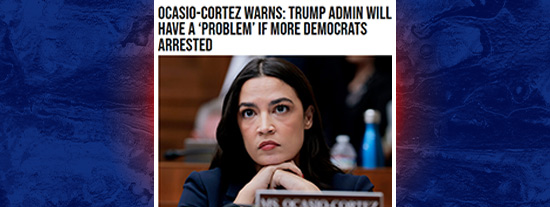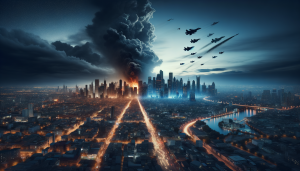Israeli strikes damage Iran’s underground nuclear site, agency says as Trump warns Tehran

Escalation of Conflict Between Israel and Iran
Israel’s ongoing airstrikes targeting Iran’s military and nuclear capabilities have intensified, marking the fifth day of operations. This aggressive move comes as U.S. President Donald Trump urged Tehran’s residents to evacuate, hinting at a U.S. strategy extending beyond a simple ceasefire. Trump’s remarks came after he departed the Group of Seven summit in Canada prematurely to address the rising tensions.
Trump’s Firm Stance Against a Ceasefire
While aboard Air Force One, President Trump expressed his intentions clearly, stating, “I’m not looking at a ceasefire. We’re looking at better than a ceasefire.” He explained that the U.S. aims for a conclusive end to the conflict, which could entail Iran completely abandoning its contentious programs. Trump emphasized his current disinterest in negotiations, adding a layer of complexity to the already volatile situation.
The urgency of Trump’s message was underscored by his direct appeal on social media, where he warned of the critical need for evacuation of Tehran, emphasizing public safety amidst the escalating conflict.
Impact of Israeli Strikes
The Israeli military has conducted extensive strikes against significant figures and facilities within Iran’s military and nuclear establishments. The direct impact of these strikes has been confirmed by the International Atomic Energy Agency (IAEA), which reported severe damage to the underground enrichment halls at Natanz, one of Iran’s primary nuclear sites.
|
This site, located significantly southeast of Tehran and heavily fortified, has seen a noteworthy setback in its operations, with numerous centrifuges crucial for uranium enrichment being compromised.
Response and Casualties
The conflict has led to substantial casualties, with at least 224 people reported dead in Iran due to the airstrikes, alongside a retaliatory offensive from Iran involving over 370 missiles and numerous drones against Israel, resulting in 24 Israeli casualties. The situation remains dire, with further missile barrages reported in recent updates.
In Tehran, signs of panic and a mass exodus were evident, with heavy traffic moving towards safer areas like the Caspian Sea and local infrastructure, including the historic Grand Bazaar, shuttering amidst the chaos.
International and Political Reactions
The international community remains on edge, with mixed reactions at the diplomatic level. French President Emmanuel Macron hinted at ongoing discussions for a ceasefire, a notion that President Trump quickly dispelled, pointing to a broader strategy at play.
Despite rejecting immediate peace talks, Trump did not rule out potential diplomatic engagements, suggesting that Vice President JD Vance and special envoy Steve Witkoff might eventually engage with Iranian officials depending on developments.
Meanwhile, Israeli military spokesperson Brig. Gen. Effie Defrin confirmed Israel’s dominance in the air space over Tehran, highlighting the strategic destruction of significant military assets within Iran.
Continued Tensions in the Middle East
As the situation continues to unfold, the complexity of military, political, and humanitarian issues interweaves, creating a highly unpredictable future. The international community watches closely, hoping for resolutions that bring stability to a region long troubled by conflict.








No Comments